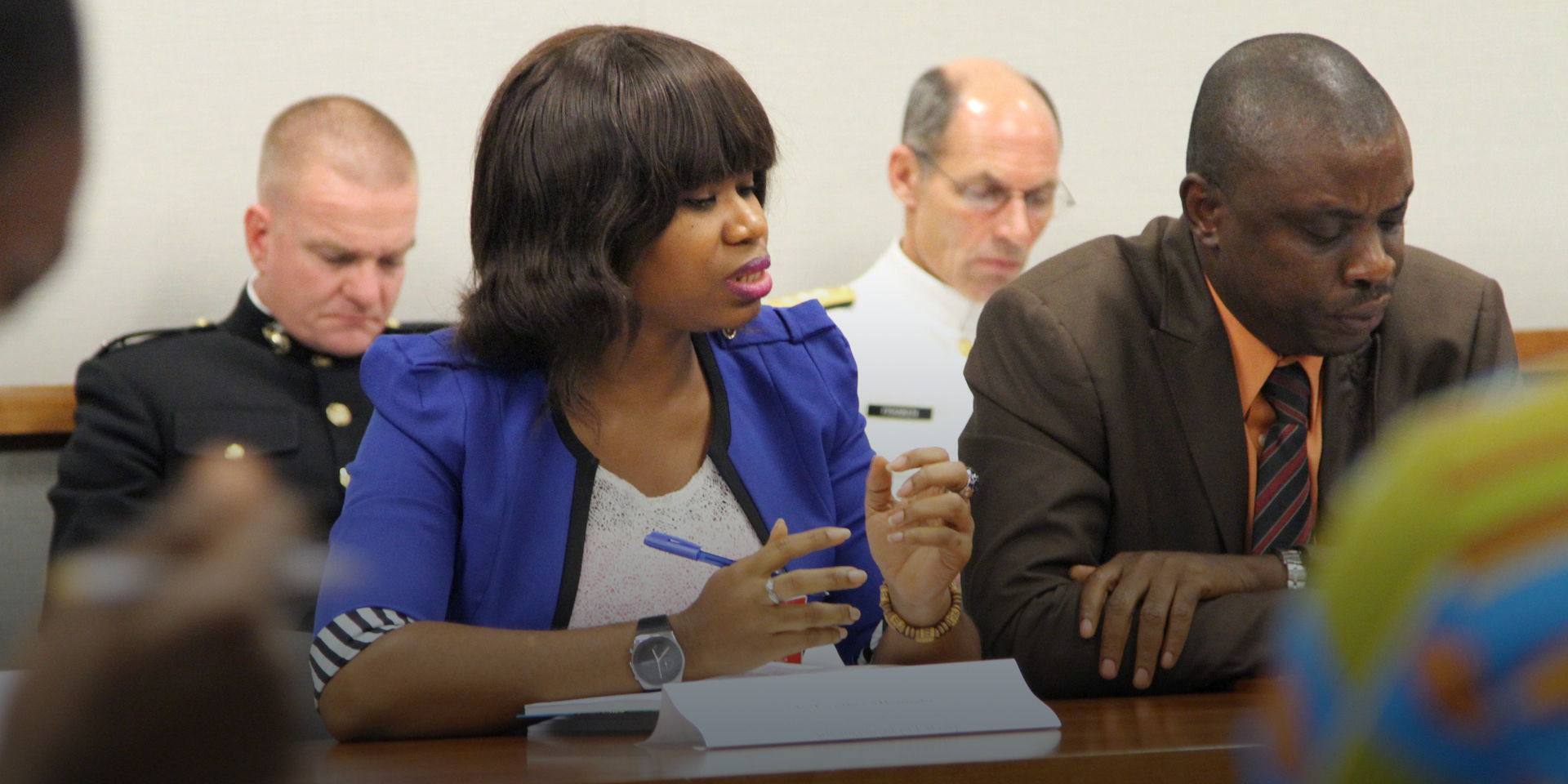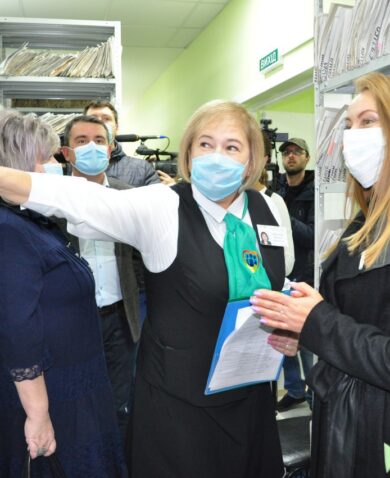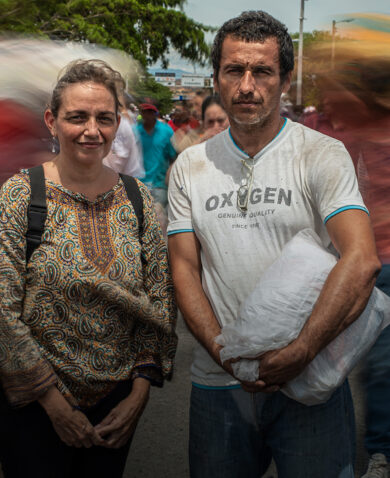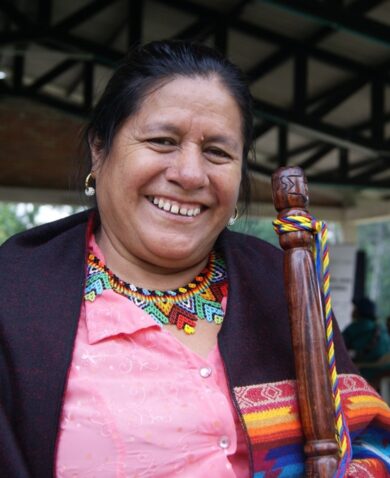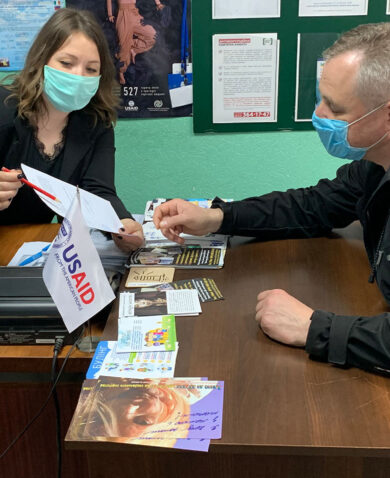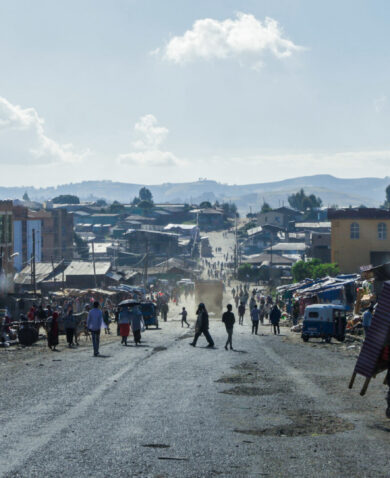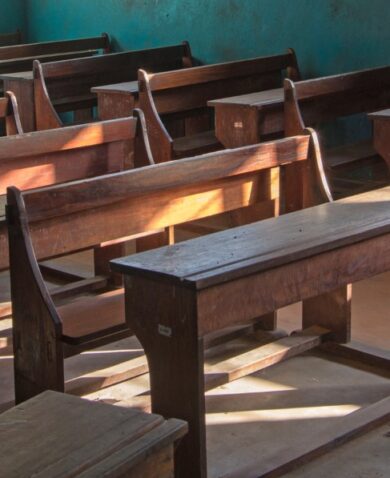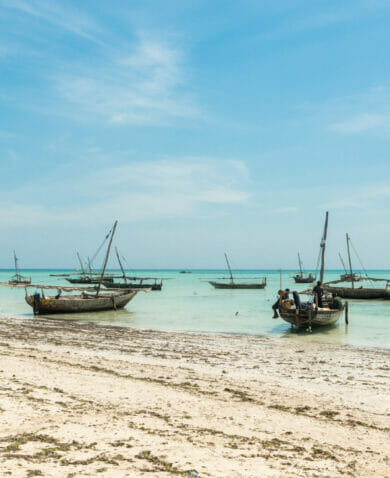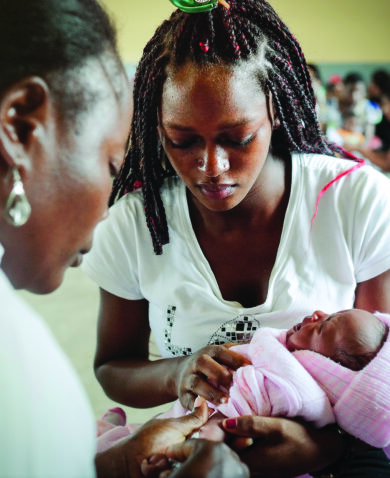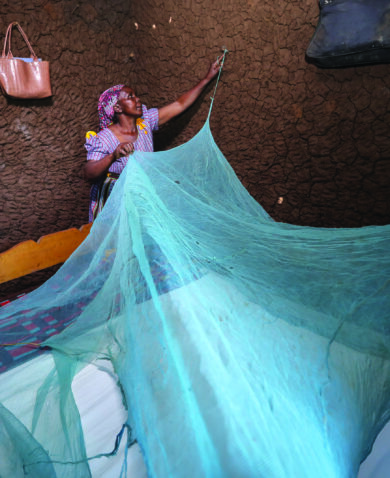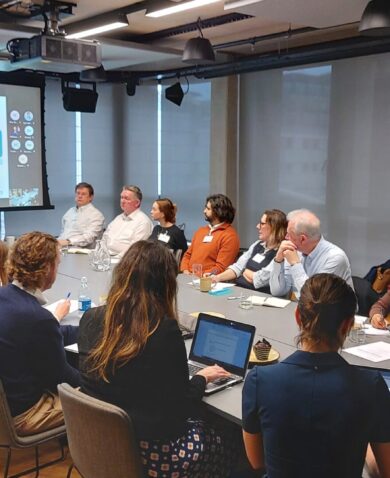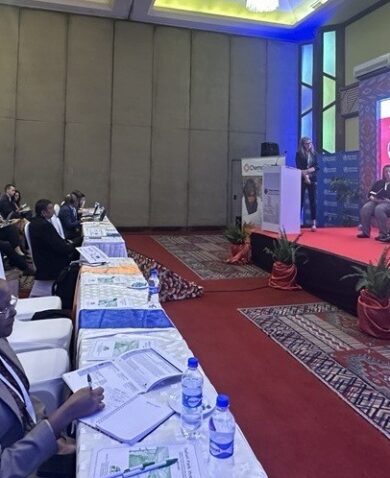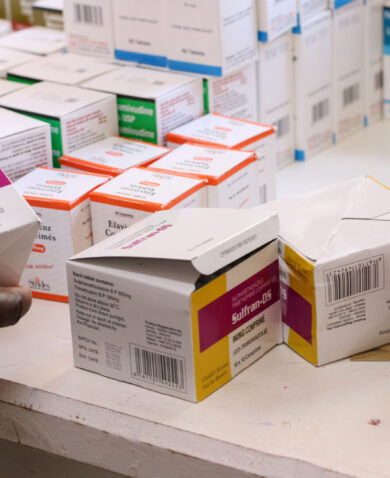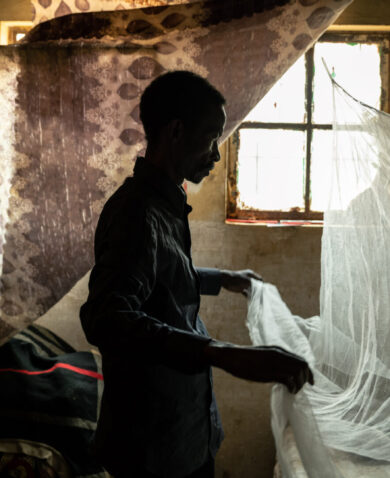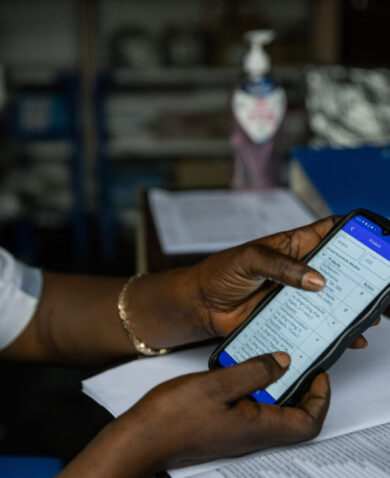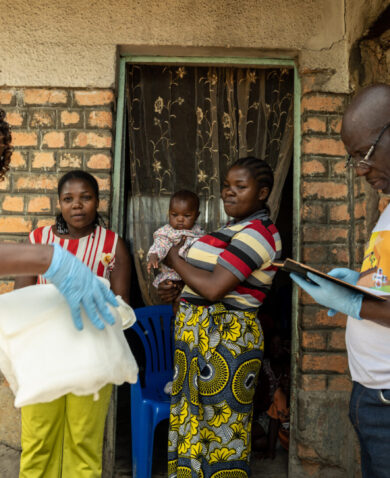Align ongoing project activities with OGP action plans: USAID programs are oftentimes working with local stakeholders on the same issues OGP national action plans seek to address. For example, the Chemonics-implemented USAID Nigeria Strengthening Advocacy and Civic Engagement (SACE) Project supported civil society groups to engage in developing Nigeria’s OGP national action plan and costed workplan and provided ongoing support to these groups to engage in the action plan’s implementation, which included reforms focusing on anti-corruption, open budgeting, and asset recovery.
However, project activities don’t always directly support or link to OGP action plans, though many of our programs work in the same sectors and on the same issues addressed in these OGP action plans. In these cases, we may be supporting local stakeholders to achieve reforms without this being recognized as progress towards an action plan commitment. Thus, we should consider the commitments in OGP action plans and their connections to project activities when developing work plans or grant opportunities, and then provide technical assistance, grant funding, and other program resources in support of these commitments. USAID and other donors can also utilize their convening power to bring members of government and civil society, as well as marginalized communities, together for roundtables or working groups to further their national action plan commitments. In this way we may be able to help OGP partners institutionalize mechanisms for co-creation and collaborative implementation.
Incorporate OGP action plans into program development: When preparing proposals and concepts for future programs, both USAID and implementers should refer to existing OGP action plans in the specific country, or the eligibility criteria for OGP membership, as one entry point for future programming. Aligning potential program activities to OGP action plan commitments not only ensures that USAID’s vision is in line with the country’s own plans for progress and development, but it also increases the chances of vital buy-in during program implementation from key partner governmental institutions and civil society organizations who have already identified and are working on these issues.
USAID Administrator Mark Green summarized the vision of the “USAID of Tomorrow” as one in which “each country must lead its own development journey.” OGP national action contributes to a country’s development journey – it’s up to USAID and implementing partners to align our technical assistance and partnerships in support of this journey.
Blog posts on the Chemonics blog represent the views of the authors and do not necessarily represent the views of Chemonics.

